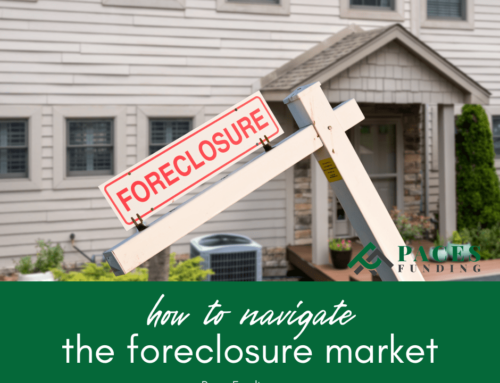
How to Balance Risk and Reward in Real Estate Investing
Balancing risk and reward is a fundamental aspect of real estate investing. This guide provides insights into how investors can make informed decisions to optimize their investment outcomes.
How to Balance Risk and Reward in Real Estate Investing
In this guide, we’ll cover:
- Understanding risk in real estate investments
- Assessing potential rewards in property investment
- Diversification as a risk management strategy
- The role of research and due diligence
- Developing a balanced investment portfolio
Understanding Risk in Real Estate Investments
Risk in real estate investing is a reality that comes from several sources. The market can be unpredictable, sometimes changing quickly and affecting property values. The location of a property is also a big factor; some areas might not grow as expected, or they could even become less desirable over time. Issues with tenants, like late payments or damage to the property, are another risk. Additionally, you might face unexpected costs for repairs and maintenance. Knowing about these risks is crucial. When you understand what can go wrong, you can plan better and find ways to reduce these risks.
Related: Why now is the perfect time to invest in rental properties
Assessing Potential Rewards in Property Investment
The rewards of investing in real estate can be significant. One of the main benefits is earning money from rent. If you own a property and rent it out, you get a steady stream of income. Over time, properties often increase in value, so the property you buy today might be worth more in the future. Real estate also offers tax advantages, like deductions for mortgage interest and maintenance costs. To figure out how rewarding an investment might be, you need to look at trends in the real estate market, how much properties in the area are worth, and how much demand there is for rentals. Understanding these factors helps you make better choices about where and what to invest in.
Diversification as a Risk Management Strategy
Diversification means not putting all your eggs in one basket. In real estate, this could mean owning different kinds of properties, like houses, apartments, and commercial buildings. Or, it could mean investing in properties in different areas. By spreading out your investments, you reduce the risk that comes with any single property. If one investment doesn’t do well, others might still be successful. This approach can lead to more stable and consistent returns over time.
The Role of Research and Due Diligence
Doing your homework is key to balancing the risks and rewards of real estate investing. This means looking at a lot of data about the market, visiting properties to check their condition, and understanding the laws that apply to property in the area. Good research can help you spot problems before you invest, as well as opportunities that others might miss. This kind of careful examination is a big part of making smart investment choices.
Related: Hard money loan information
Developing a Balanced Investment Portfolio
A balanced portfolio in real estate means having a mix of properties that suits your comfort with risk and your goals for investing. Some properties might be more risky but offer the chance for higher returns, while others might be safer but with lower returns. It’s important to keep an eye on your investments and make changes if needed to keep the right balance for you.
FAQ About Balancing Risk and Reward in Real Estate Investing
Check out these commonly asked questions about balancing risk and reward in real estate investing. If you don’t see the answers you need here, please call our office and we’ll provide the information you need.
How Can I Determine My Risk Tolerance in Real Estate Investing?
Your comfort with risk in real estate depends on your financial situation, what you want to achieve with your investments, and how you feel about uncertainty. Thinking about these things can help you figure out what kind of risks you’re willing to take.
What Are Some High-Risk and High-Reward Real Estate Investments?
Investments that are more risky but could also bring high rewards include properties in areas that are just starting to grow, buildings that need a lot of work, or big projects like commercial developments. These kinds of investments can pay off big, but they’re also more uncertain.
Is It Possible to Invest in Real Estate with Low Risk?
Yes, you can choose investments that are generally safer, like properties in well-established areas or those with a steady history of rental income. These might not offer as big returns as riskier options, but they’re also less likely to lose money.
Related: How much landscaping should you do to sell a flip?
How Important Is Location in Managing Risk in Real Estate?
Location is very important in real estate. It affects how much demand there is for a property, how much rent you can charge, and how much the property might increase in value. Choosing the right location can help reduce some of the risks that come with real estate investing.
Can Diversification Eliminate Risk in Real Estate Investing?
Diversification can’t get rid of all risk, but it can lower it a lot. By investing in different kinds of properties and in different areas, you spread out the risk. This means that if one investment doesn’t do well, it’s less likely to have a big impact on your overall portfolio.
Do You Need a Hard Money Loan?
Paces Funding is the top hard money lender in Georgia, North Carolina, South Carolina and Tennessee. Apply for a hard money loan here or click through our site to find out how we can help you now!














